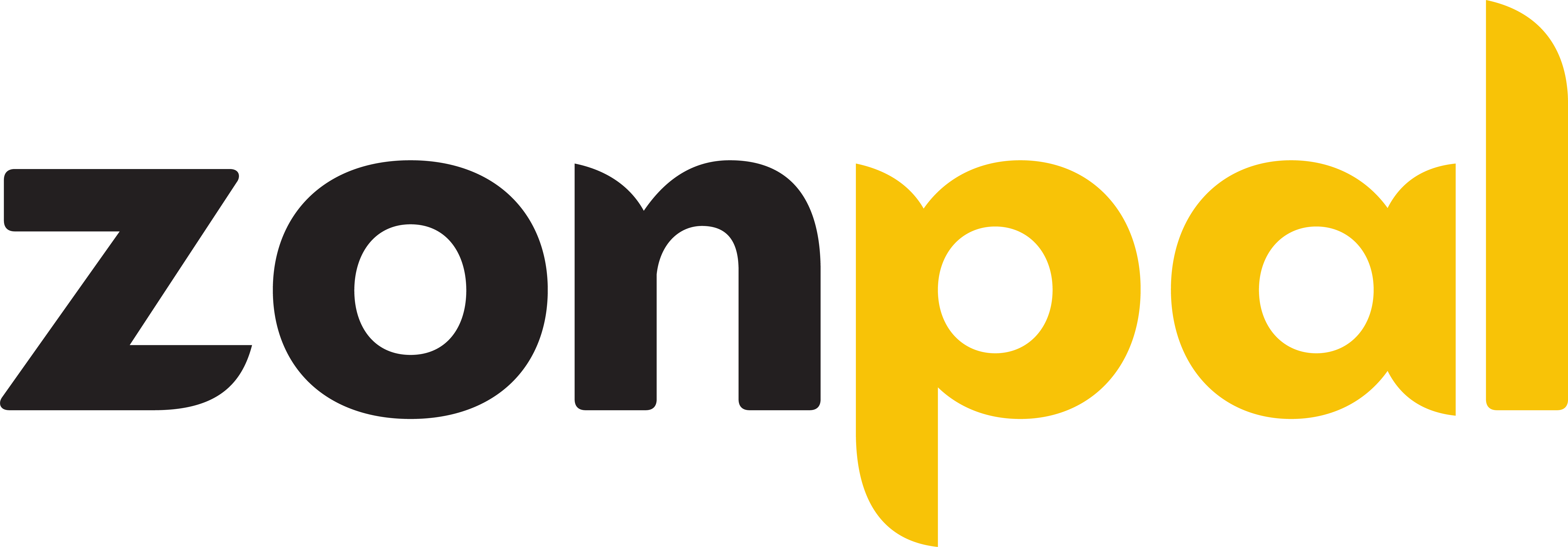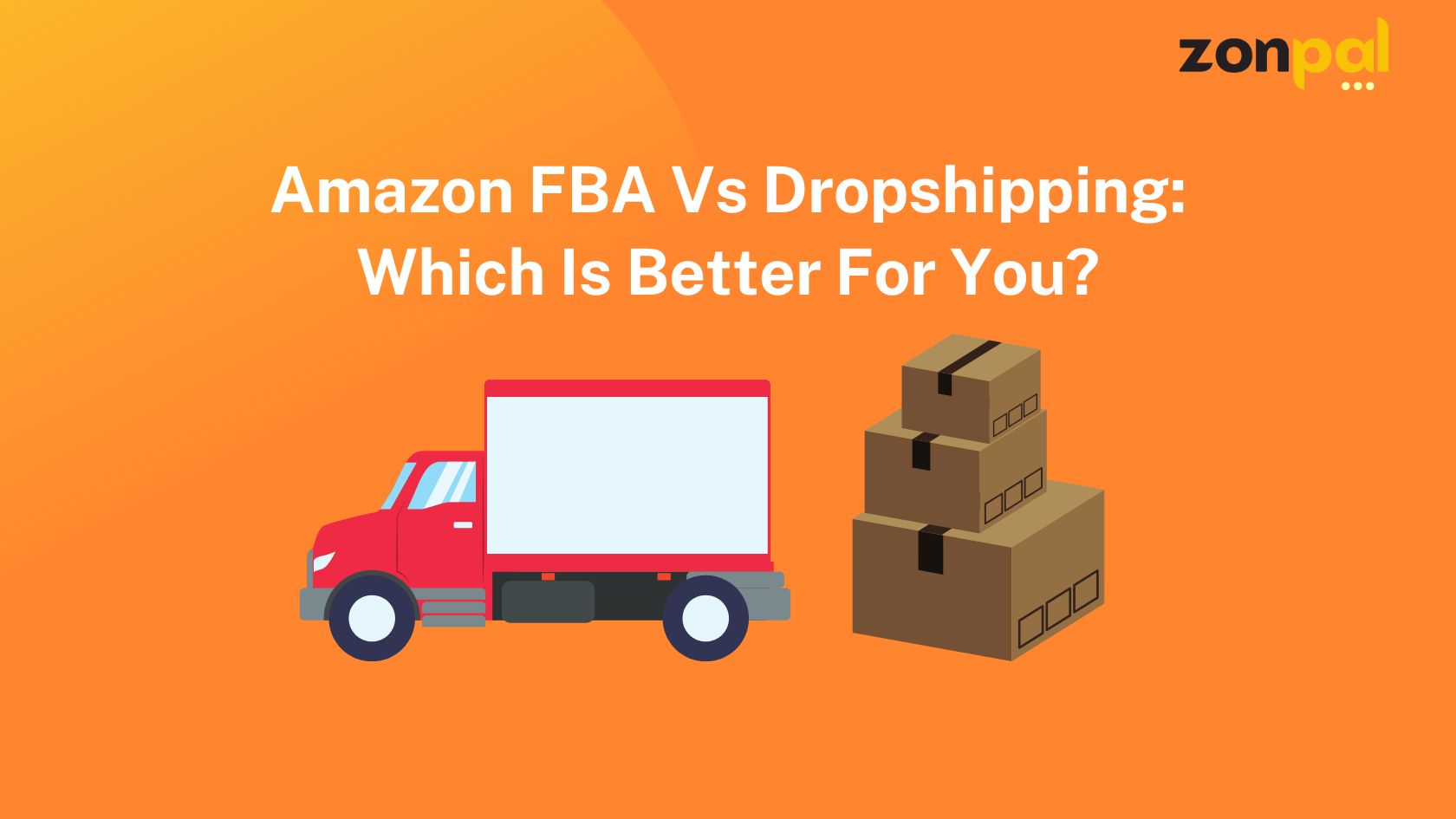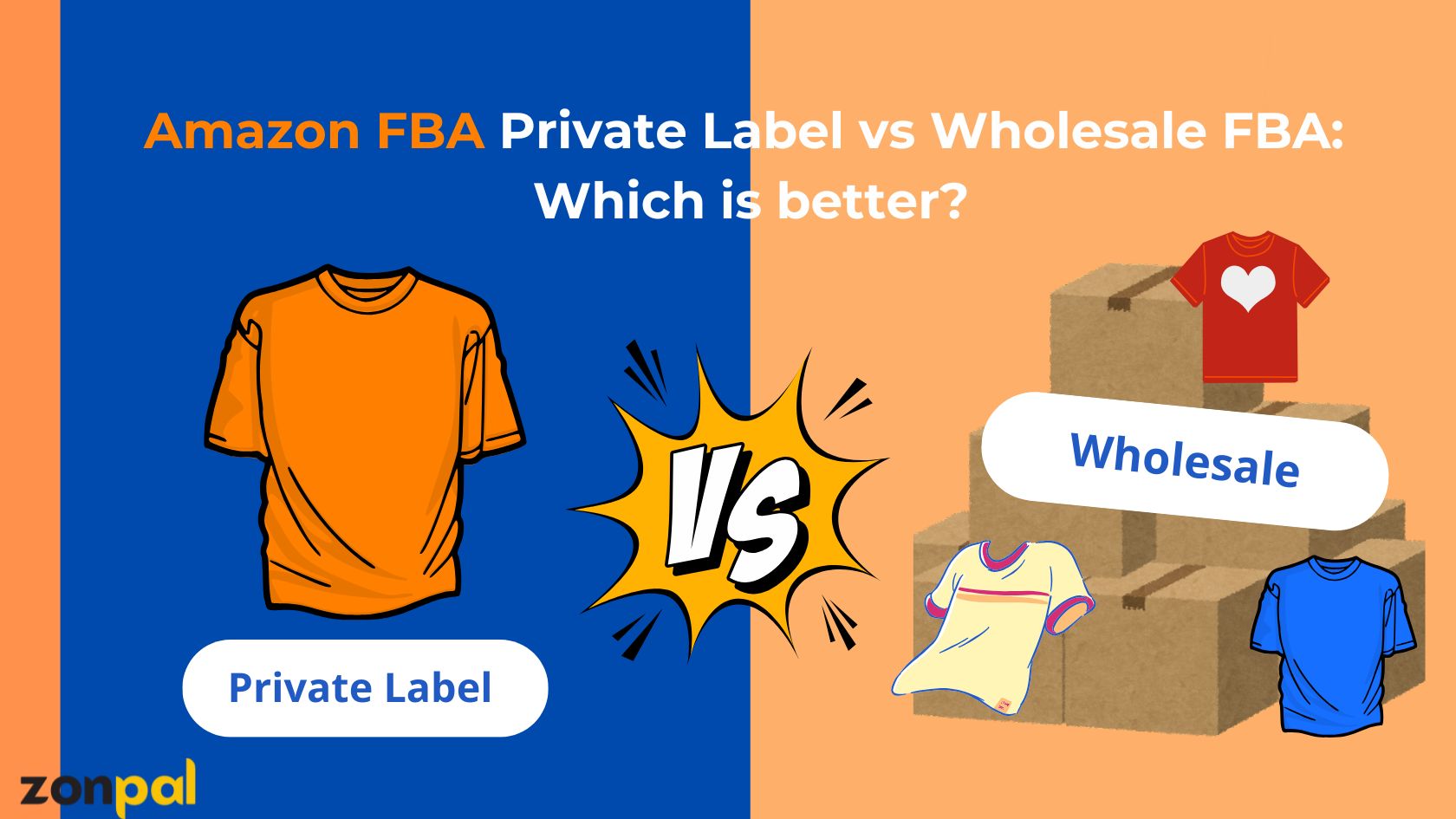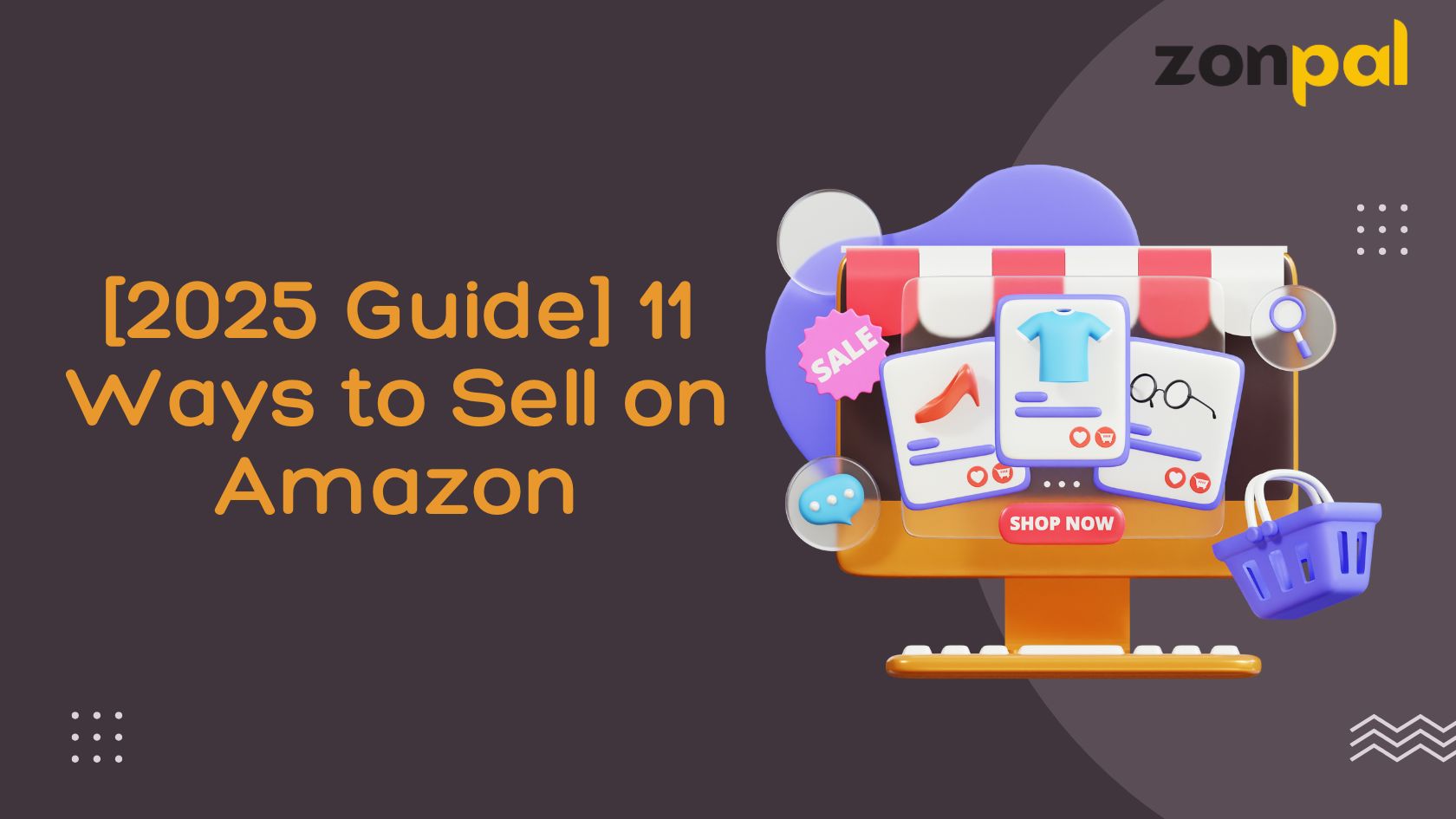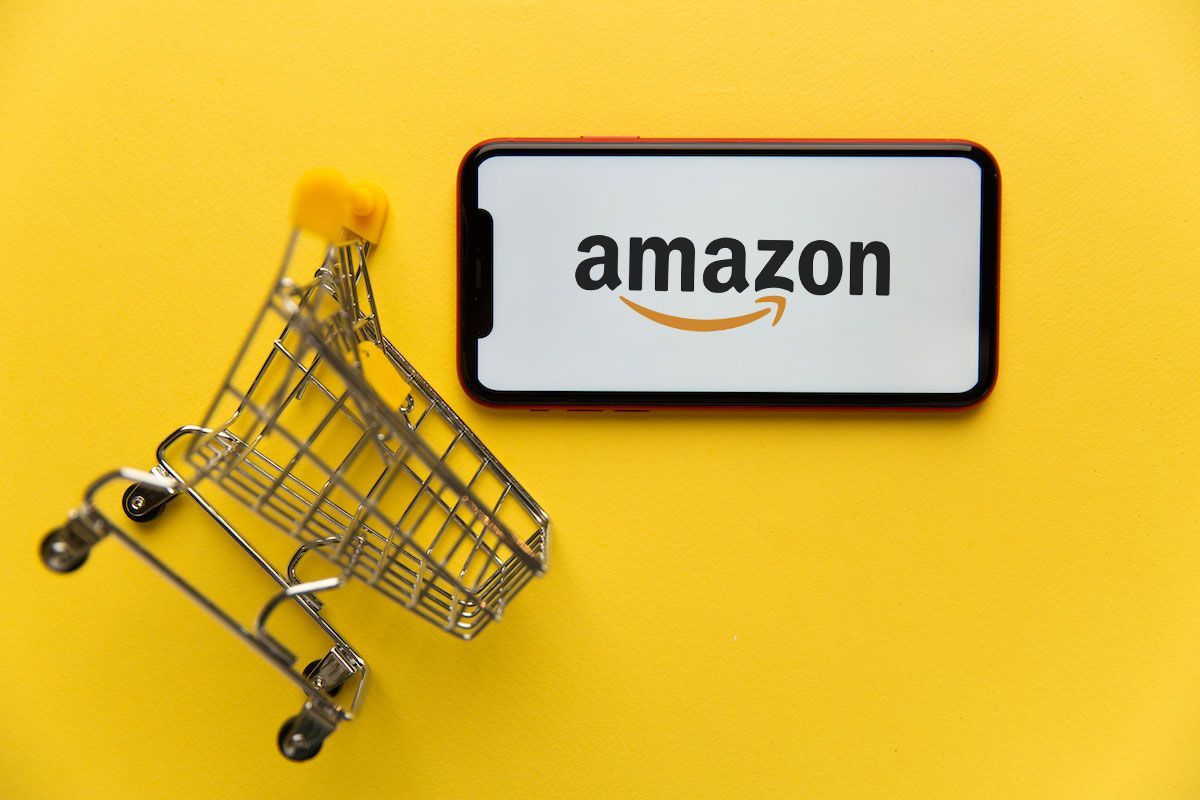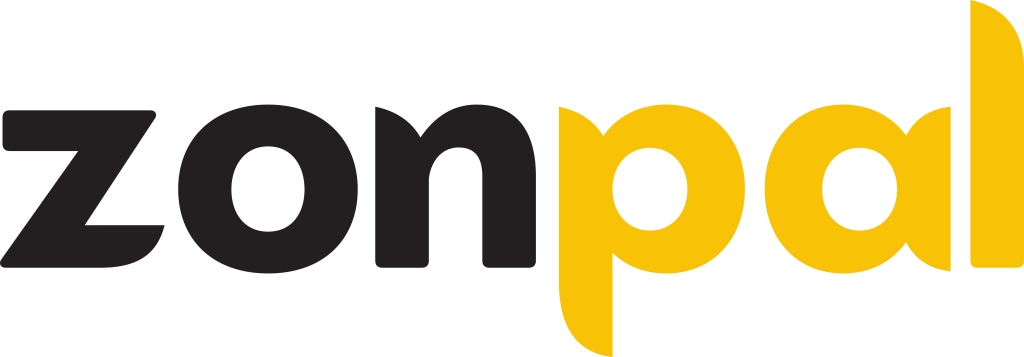The comprehensive Amazon FBA Guide for Beginners 2025
In the dynamic world of e-commerce, Amazon FBA (Fulfillment by Amazon) has emerged as a game-changer for entrepreneurs seeking to capitalize on the vast reach and logistical prowess of Amazon’s platform. According to recent statistics, Amazon holds approximately 50% of the e-commerce market share in the United States alone, making it a dominant force in online retail (Statista, 2023).
How to sell on Amazon FBA for beginners? This guide is tailored specifically for beginners, offering a detailed roadmap for leveraging Amazon FBA effectively to launch and scale a successful online business.
What is Amazon FBA and how does it work?
Amazon FBA is a service offered by Amazon that allows sellers to keep their products in Amazon’s fulfillment centers. When an order is placed, Amazon handles the picking, packing, and shipping of the product on behalf of the seller. This service simplifies the logistics of selling online and enables sellers to benefit from Amazon’s Prime shipping benefits, which can significantly enhance customer satisfaction and sales.
Here’s a detailed overview of how Amazon FBA works:
- Inventory Storage: Sellers send their products to Amazon’s fulfillment centers, where they are stored until they are sold.
- Listing Products: Sellers list their products on Amazon’s marketplace just like any other seller.
- Order Processing: When a customer places an order, Amazon manages the entire fulfillment process. This involves selecting the product from inventory, securely packing it, and shipping it to the customer.
- Shipping and Delivery: Amazon FBA utilizes Amazon’s extensive logistics network to ensure the timely delivery of products to customers. This includes options like Prime shipping for eligible products.
- Customer Service: Amazon provides customer service and handles returns and refunds related to FBA orders. This can include handling customer inquiries, returns processing, and managing customer feedback.
- Fee Structure: Amazon charges fees for using FBA, which typically include storage fees, fulfillment fees (based on product size and weight), and optional services like labeling or preparing products for shipment.

What is Amazon FBA and how does it work?
- Prime Eligibility: Products fulfilled by Amazon are often eligible for Amazon Prime benefits, such as free two-day shipping, which can increase sales due to improved visibility and customer trust.
- Scale and Growth: FBA allows sellers to scale their business without worrying about logistics and fulfillment infrastructure. Sellers can focus more on product selection, marketing, and growing their business than operational logistics.
- Global Reach: Amazon FBA supports international selling, allowing sellers to reach customers globally with ease. Sellers can use FBA to manage cross-border logistics and reach international Prime customers.
- Integration and Tools: Amazon provides tools and reports to help sellers manage their inventory, sales performance, and customer metrics. Sellers can integrate their FBA operations with third-party software for enhanced management capabilities.
Pros and cons of Amazon FBA
Amazon FBA offers sellers a robust platform for scaling their business globally with ease. However, it has its own set of advantages and disadvantages that sellers need to carefully evaluate.
| Pros | Cons |
| Fulfillment Efficiency: Amazon handles storage, packing, shipping, and customer service, allowing sellers to focus on business growth. Prime Eligibility: Products fulfilled by Amazon are eligible for Amazon Prime, attracting more customers who value fast shipping. Global Reach: Access to Amazon’s extensive customer base worldwide, opening up international sales opportunities. Scalability: Easily scale your business without worrying about logistics and fulfillment infrastructure. |
Costs: Amazon FBA charges fees for storage, fulfillment, and other services, which can impact profit margins, especially for low-margin products. Control: Less control over the fulfillment process compared to self-fulfillment, including shipping speed and handling of returns. Competitive Marketplace: The popularity of Amazon FBA means increased competition, requiring strategic pricing and marketing efforts to stand out. |
Costs and Fees Associated with Amazon FBA
Understanding the costs involved is crucial for budgeting and financial planning:
- Referral fees: A referral fee is the “commission” paid to Amazon for each item sold on their platform. Typically, this fee is a flat percentage, often 15% or less.
- Fulfillment Fees: Charged per unit for picking, packing, and shipping, based on product size and weight.
- Storage Fees: Monthly fees based on inventory volume and time of year. Long-term storage fees apply to items stored over 365 days.
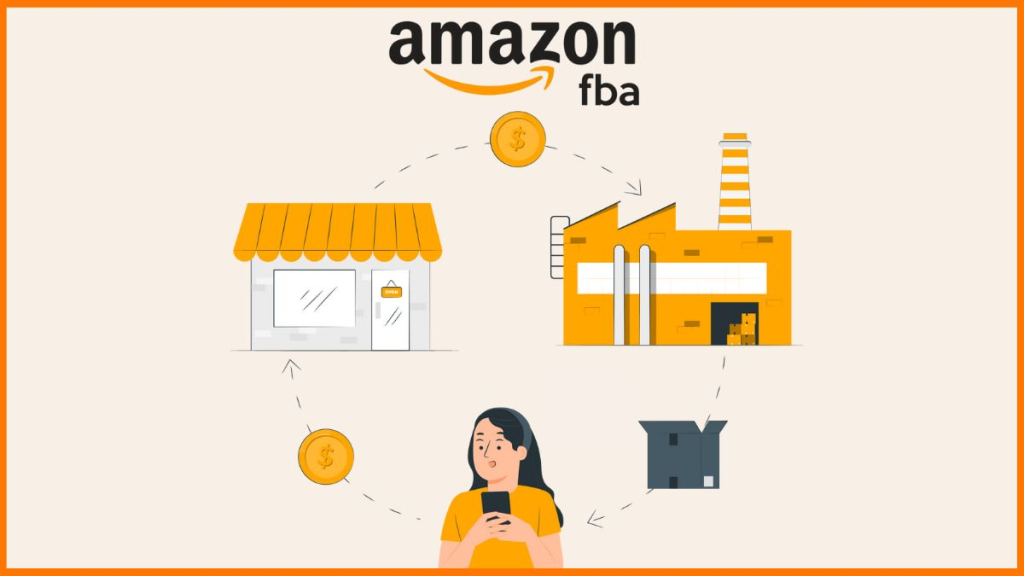
What’s included in Amazon FBA fees?
- Additional Fees: May include labeling fees for barcodes, removal fees for withdrawing inventory, and returns processing fees for handling returns (waived for defective products or Amazon Prime returns).
How to Sell Private Label Products on Amazon FBA – Step-by-step
Are you ready to turn Amazon FBA into gold? The Amazon FBA private label is a challenging but rewarding path to success. Let’s dive into this business model and get you started.
Set up
To do business on Amazon, you need to create an account. You can create an Amazon seller account by following these steps:
Step 1: Access https://sellercentral.amazon.com
Step 2: Click on the “Sign Up” button
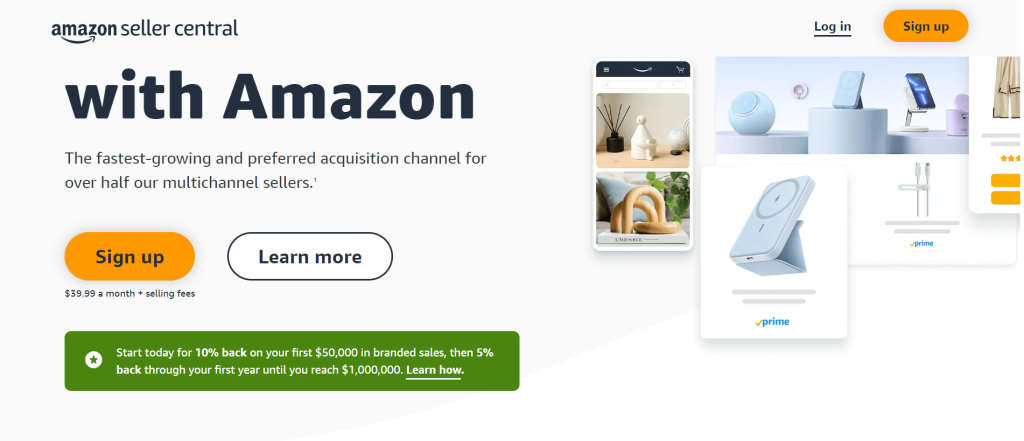
Click on the “Sign Up” button to register
Step 3: Select ‘Create your Amazon account‘ and fill in the registration information.
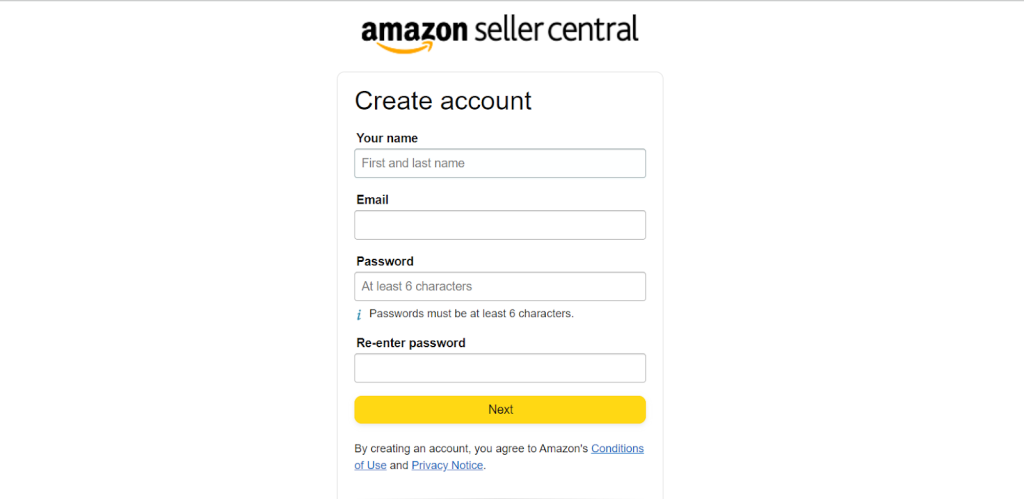
Fill your information into the blank
Step 4: You will receive a verification code in your email. Enter the code and proceed to fill out the required information, such as your business details, tax information, and banking information.
Step 5: Once you have completed the registration process, you will be able to start listing your products on Amazon.
Product research
So what kind of products should you sell? Let’s figure out which private-label items could be a hit!
- Small and light: Easy to ship and store. Think about things you can fit in a small box.
- No seasonal, no electric / battery, fragile or hazardous material.
- No fuss: Avoid items that need lots of paperwork or special permits.
- No license/certificates requirements, no patent or brand already on the product.
- Medium-high demand, low-medium competition, retail price ranges between $20-$50

Focus on small and light product (≤ 2 lbs)
Remember, starting small and simple is often the best way to go!
Find Product Suppliers and Manufacturers
Finding the right supplier is crucial for your Amazon business. The best online Directories and platforms that you can’t miss:
- Alibaba: A giant in the wholesale market, offering a vast array of products and suppliers.
- Global Sources: Another popular platform for sourcing products from various countries.
- ThomasNet: Primarily focused on industrial products but also lists many other suppliers.
- Made-in-China: Similar to Alibaba, with a strong focus on Chinese manufacturers.
Decide on your final logo, design, and packaging
One of the biggest advantages of private labeling is the ability to create your unique brand. This starts with your logo, design, and packaging.
- Logo: Your logo is the face of your brand. If you’re not a design whiz, platforms like Upwork or Fiverr offer affordable graphic designers. A strong logo should be memorable and reflect your brand’s personality.
- Product Design: Differentiate your product from the competition. Even small changes, like color or shape, can make a big difference. It’s about standing out on the shelves.
- Packaging: Your packaging is your product’s first impression. Invest in high-quality, eye-catching packaging that protects your product and tells your brand story. Include essential information and consider adding your website for more reach.
Create Your Amazon Listing
You’ve done the hard work of sourcing a product and finding a supplier. Now it’s time to introduce your product to the world – on Amazon.
Key Components of a Successful Listing
- High-quality product images: Professional photos that showcase your product from different angles.
- Compelling product title: Clearly and concisely describe your product, including relevant keywords.
- Detailed product description: Highlight your product’s benefits and features, using persuasive language.

Optimize product descriptions for SEO
- Bullet points: Summarize key selling points in a concise and easy-to-read format.
- Keyword optimization: Incorporate relevant keywords throughout your listing to improve search visibility.
- Competitive pricing: Research your competitors’ prices and set a competitive price for your product.
The Importance of Professional Help
Creating a top-notch Amazon listing can be time-consuming and requires expertise in product photography, copywriting, and SEO. If you’re unsure about any of these areas, consider hiring an Amazon listing optimization expert.
Remember: A well-optimized listing is the first step to converting browsers into buyers.
Would you like to dive deeper into any specific aspect of creating an Amazon listing, such as keyword research or product photography?
Launching product
You’ve built a great product and optimized your listing, and it’s time to introduce it to the world. But simply listing your product isn’t enough. To truly succeed, you need a strong launch strategy that includes effective marketing.
Marketing is crucial for a successful Amazon launch. It boosts visibility in a competitive market, accelerates initial sales essential for Amazon’s algorithm, and builds a strong brand identity.
To get started, explore Amazon advertising options like sponsored products, brands, and display. Consider promotions, influencer partnerships, social media engagement, and email marketing to create buzz and reach your target audience. Remember, successful marketing is ongoing, so test, measure, and refine your strategies.
Tips and Tricks for Amazon FBA Success
Here are some important tips and tricks you need to know to start and grow your Amazon FBA selling career effectively:
1. Discover potential products
Don’t sell; sell solutions: Instead of just selling products, understand your customers’ needs and provide products that solve their problems. For example: instead of just selling “water bottles,” you can sell “smart water bottles that keep the heat and integrate filters.”
Take advantage of powerful tools: Use tools like Jungle Scout, Helium 10 to find “gold mines” of products. These tools help you analyze keywords, evaluate competitors, forecast revenue, etc.
2. Build an impressive product catalog
Quality is king: Make sure your products are of good quality, meet Amazon’s standards, and better yet, can exceed customer expectations.
Images “speak louder than words”: Professional, clear product images will attract customers at first sight. Use a white background and different angles to make your products stand out.
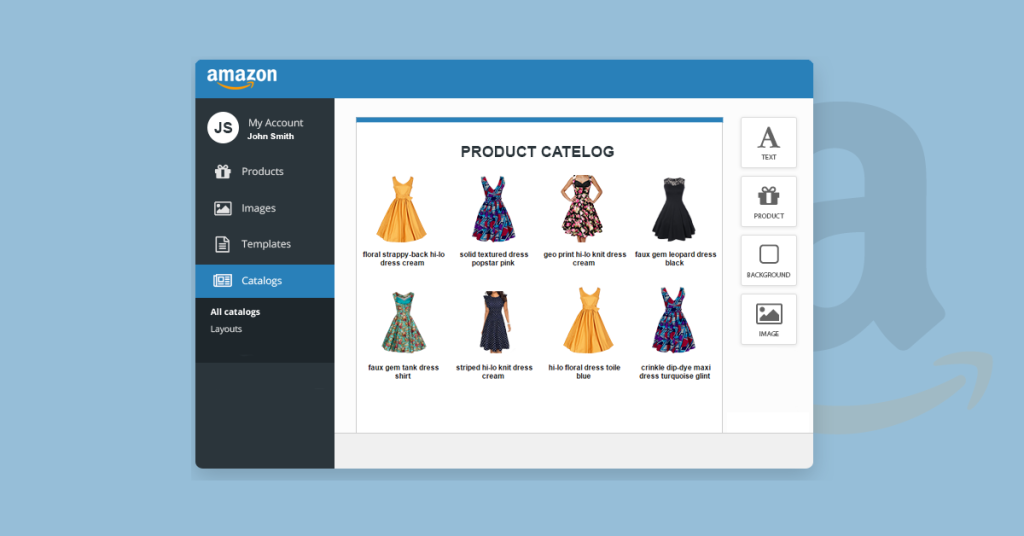
Create compelling product catalogs
Compelling product descriptions: Write detailed product descriptions that emphasize the benefits your products bring to customers. Use relevant keywords to optimize SEO.
3. Smart pricing strategies
Balance competitiveness with profitability by strategically pricing your products. Attract and engage customers through flexible promotions and discounts.
4. Effective inventory management
Always ready: Ensure there is always enough inventory to meet customer demand, avoiding “out of stock” situations.
Use management tools: Use inventory management software to track inventory, orders and other activities.
5. Smart product promotion
Amazon PPC – A powerful warrior: Make the most of Amazon’s advertising tools to increase product visibility.
Quality content: Plan social media such as creating articles, videos introducing the business’s products on different platforms such as Facebook, Instagram, Tiktok, … to increase brand recognition.
6. Customer service is number one
Reply to customer messages and emails quickly and professionally. Don’t let customers wait too long for support!
7. Observe and optimize
Use Amazon Seller Central to track sales, views, product reviews, etc. Based on the collected data, you can adjust your business strategy to achieve better results.
With the above tips, are you ready to conquer the Amazon market and make your business dream come true? Apply these tips and tricks immediately to increase revenue and expand your business.
Conclusion
Embracing Amazon FBA for beginners offers a powerful gateway to enter the competitive world of e-commerce with minimal upfront investment in infrastructure and logistics. This Amazon FBA guide from Zonpal equips beginners with essential knowledge, actionable steps, and strategic insights to launch, manage, and scale a successful Amazon FBA business in 2025 and beyond. Whether you’re starting from scratch or looking to enhance existing strategies, mastering the fundamentals of Amazon FBA is key to achieving sustained growth and profitability in the evolving online marketplace.
